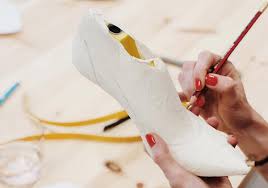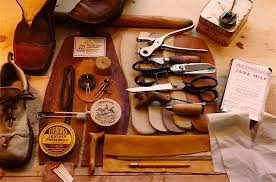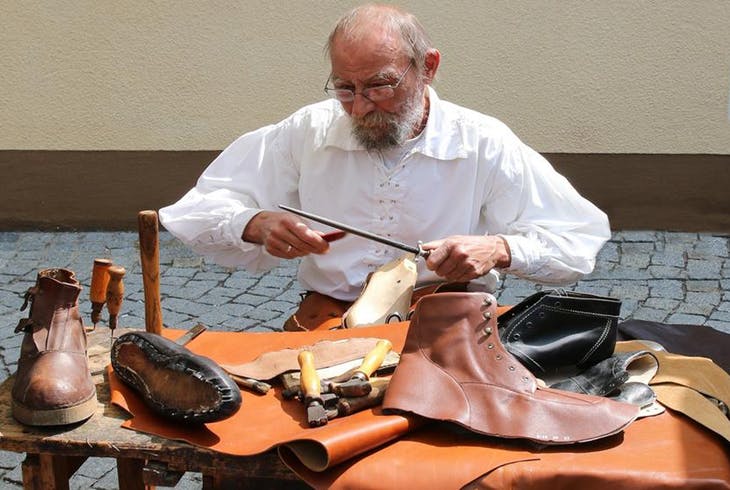Shoemaking involves the process of making footwear. As the name suggests, shoes are not the only product that comes under this process. It involves sandals, moccasins, boots, clogs, etc.
Originally shoes were made by hands. As we go back to the earlier era, shoemaking was not merely a business but an art form. It involved craftmanship. Today they are produced in large volume, unlike our history.
Shoe Making

At that time the shoemaker was responsible for the outcome. But today, a process of making shoe involves several processes dependent on various machinery and tools. Trades that engage in footwear production have included cordwainer’s and cobbler’s trade.
So it can be said that shoes are often made on a volume basis, rather than a craft basis. The internationally known shoemakers are Jimmy Choo, a Malaysian Chinese fashion designer based in London whose designs are worn by many celebrities across the world.
Raymond lewis Wildsmith is the one who brought the loafer design in the market. Christian Louboutin, is also a celebrity French footwear designer.

Traditional shoemakers used more than 15 different techniques for making shoes. Similarly, the shoes that are made today also include several steps such as designing, shoe lasts, stamping, sewing, assembly and shoe room.
Although we have crossed miles in machines invention somewhere we always need our traditional methods. Shoemaking now became an industrial process including various stages of production. This labor is divided into several steps which are called nesting. Thus quality shoes are manufactured using traditional methods.

The designing department of shoemaking involves drawing sketches. Then how long the shoes last is also a matter of importance.
The pieces of leather needed to make the shoes are cut or stamped and this process is called stamping. Finishing touches are added in the shoe room and finally, the product is out for retail.



